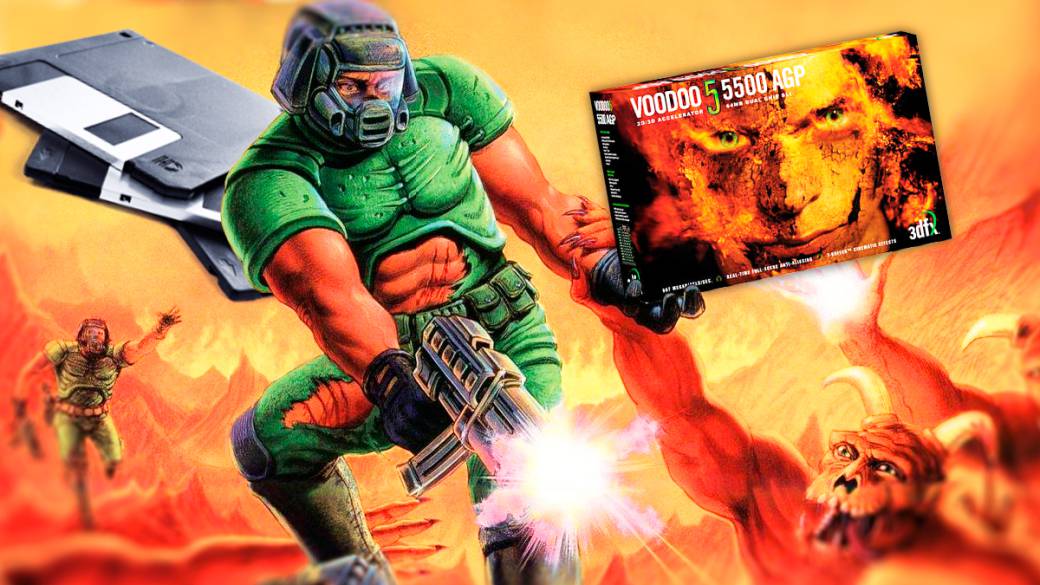
The 90s have gone down in history because of the war of consoles, but in the shadows the PC was moving unstoppably. This is a tribute to the PC player.
There is a tendency to focus on the console ecosystem when the history of the game is reviewed. In fact, if you look at the multitude of exhibitions of a historical nature, most of its content is divided into Sega, Nintendo and Sony, leaving only a small space for microcomputers or PCs.
The home consoles were designed as interactive and easy-to-use toys. In addition, they had an affordable price for many families. Unlike these platforms, the PC required minimal knowledge for software execution, especially before the arrival of the famous Windows 95. It should also be remembered that the price of a complete PC could reach quantities that not everyone was willing to turn off. Well, to that we must add that sometimes changing a component meant having to renew a few more.
The decade of the 90 was a period where the industry grew exponentially thanks to the thrust of the Japanese market. However, in the West it was played in another league. During those years a faithful community of players enjoyed revolutionary genres and technology that turned the world upside down.
This is our tribute to the 90s from the point of view of a PC player. We will remember everything that happened through our hands and some of the most outstanding events, but always from the innocent eyes of that young player who enjoyed long afternoons with his PC.
The X86 family of processors
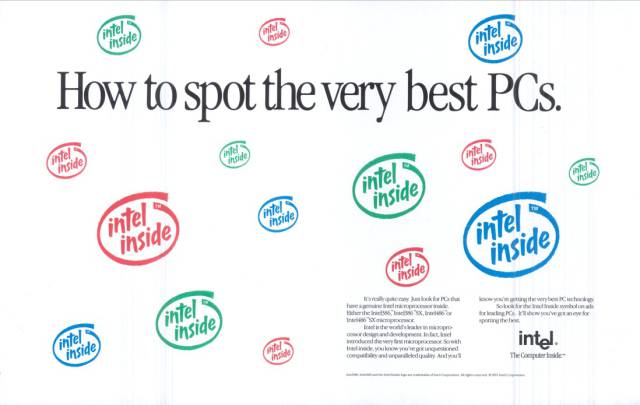
"My computer is a 486." Does it sound to you Maybe you said something like that to your friends in reference to the type of PC. During the 80s and until the early 90s, a PC was synonymous with 286, 386 or 486. In this way the Intel processors belonging to the X86 family were abbreviated. The popularity of this architecture made it become a standard for compatible IBM PCs. Intel continued to enjoy its prestige throughout the 90s with the Pentium range, which improved the already great 486. Having a Pentium was to be the coolest in the neighborhood.
"Insert Floppy Disk 1 of 5"
Before CD-Rom, games and software in general were sold on floppy disks. Surely you remember those games with 5¼ diskettes (also known as 5.25, floppy disks), large, weak and that were great to fan. They were inserted into a slot in the floppy drive, then a small lever moved and ready. They were marketed of different density, but did not exceed 1.2MB. At the beginning of the 90s they were replaced by the disks of 3½, smaller and of greater capacity. Over the years, the weight of the games increased and the titles needed a floppy disk, so installing software was an arduous and tired task. The developers joked about it, hence the "Insert Disc 22" from Monkey Island. To give an example, King's Quest VI had a whopping 9 floppy disks, although some have surpassed that number. The floppy disk drive to store all these floppy disks that we have, eh.

MS-DOS games
In 1981, MS-DOS was born, an operating system under which many games ran until practically the mid-1990s, at which time most computers had operating systems with graphical interfaces installed like the popular Microsoft Windows. Installing and running games in DOS was not so simple and sometimes it was a barrier for children and even adults. However, the desire to enjoy such spectacular titles as DOOM (1993) encouraged us to find out through manuals – or with deep observation to our older brothers – those gibberish. Based on insisting, we gave our 'dir' and minutes later we were victorious with that 'cd games' to launch the executable.
A wide range of colors
Before the boom of 3D and the brand new accelerator cards, 2D graphics had a period of transformation towards a greater amount of colors, resolution and memory. Our eyes witnessed the dance of colors between Monochrome, Hercules, CGA, EGA, VGA or SVGA. Playing in 16 colors was not bad, but when we then jumped at 256 it was an hallucination. However, the high price of hardware (and a specific monitor until the arrival of the multifrequency) made the change of video card not possible in the short term, so video game companies continued to support all of them. Check out The Secret of Monkey Island (1990) with different colors. How many versions of this adventure did you play?
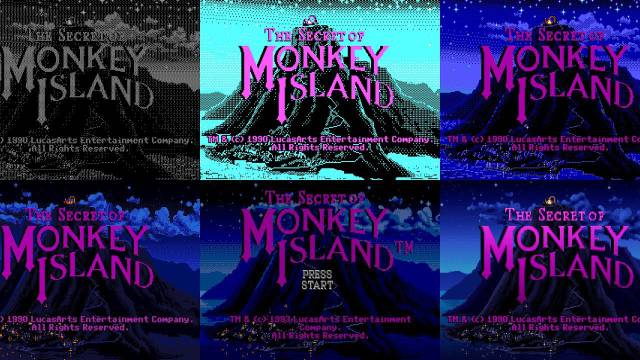
Poligonazos like fists
Since the early 1980s, polygons have been experimented to create three-dimensional objects, but it was during the 1990s that great advances were made. Alone in the Dark (1992), the father of survival horror, used polygons in its protagonists, monsters and objects on 2D pre-learned backgrounds. Ok, now it hurts to see (before also, so that we are going to fool ourselves) but at the time it was considered innovative, so companies like Capcom did not hesitate to take it as a reference to launch titles like Resident Evil. Although the stir came years later with the release of Quake (1996), which is considered the first full 3D action game. Quake not only became a role model for the FPS genre, but also a technological boost for the industry.
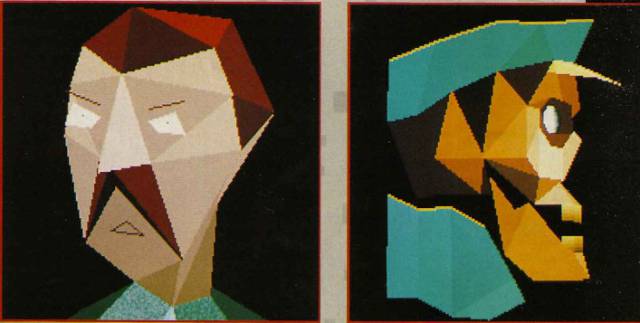
The arrival of 3D accelerator cards
The 3D accelerator cards played a prominent role during the 90's. Their need was born of the rapid technological advance and the difficulties experienced by the processors to generate 3D graphics in real time. Through the use of an accelerator card, better graphics were achieved in our favorite games. And once you tried it there was no turning back.
In those days, talking about accelerator cards was to do it from 3dfx Interactive, a company that started manufacturing 3D graphics chips for other brands and, finally, launched with the famous Voodoo cards. Although at the beginning many accelerators worked alongside a 2D card, as was the case with my dear Diamond Monster 3D, one of the first to arrive in Spain. Voodoo cards were very well received until practically the end of the decade, at which time Nvidia GeForce 256 dethroned (and then acquired) 3dfx. We will never forget the cool designs of Voodoo boxes!
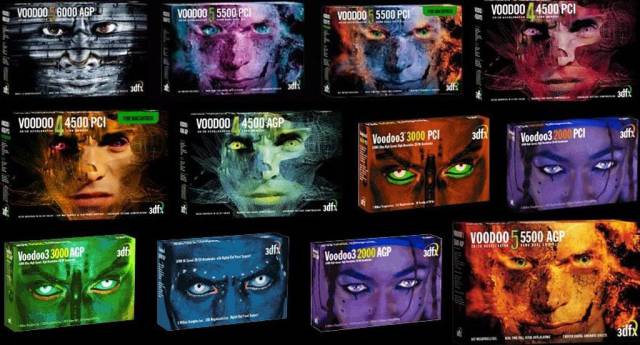
Play with keyboard only
Nowadays it sounds almost crazy to use only the keys to play a title, but at the beginning of the decade it was still customary to use the keyboard exclusively. In graphic adventures like Maniac Mansion, we moved the cursor with the arrow keys and pressed others for quick shortcuts. And what do you tell me about playing DOOM without a mouse? Its main predefined keys were the arrow keys to move, ALT to shoot and space to interact with doors and switches. Do you remember it? Unable to look up and down, the keyboard was enough to enjoy the game. And let's not talk about when we shared a keyboard to play with a friend. What times!
Ultra-sound through PC speaker
We had a lot of hardware available at the time. In the field of sound, the Sound Blaster cards, which were coveted by every PC player, used it. But there was a dark time for many of us … that of the terrible internal speaker! Through the box of our PC, chilling beeps were heard that simulated melodies and varied effects. Impossible to forget the intro of Maniac Mansion with the internal speaker or the noise of opening and closing doors. The main theme of Indiana Jones and the Last Crusade based on PC speaker was also somewhat curious. Listen to it, but better without headphones …
Fish tank nostalgia doesn't end here. In this first text, special attention has been paid to hardware, but a second part will soon land where we will remember related games and anecdotes. The best is yet to come, but for now … Turn off the computer and go to bed!
